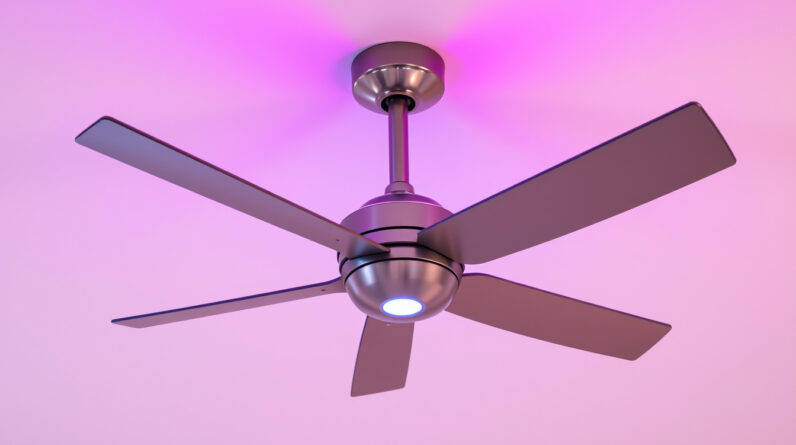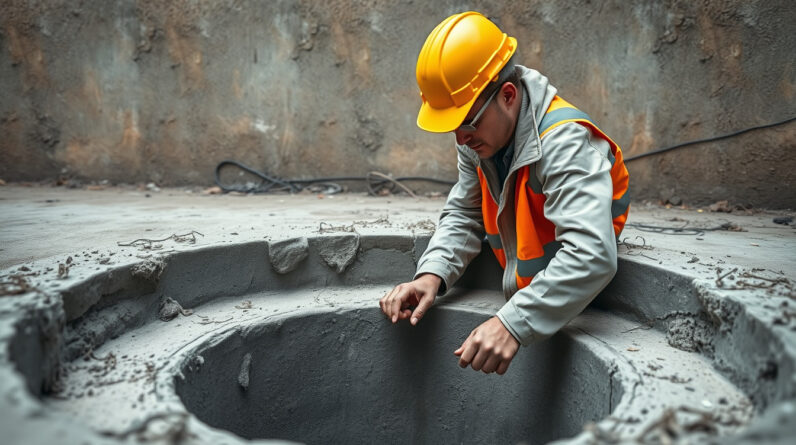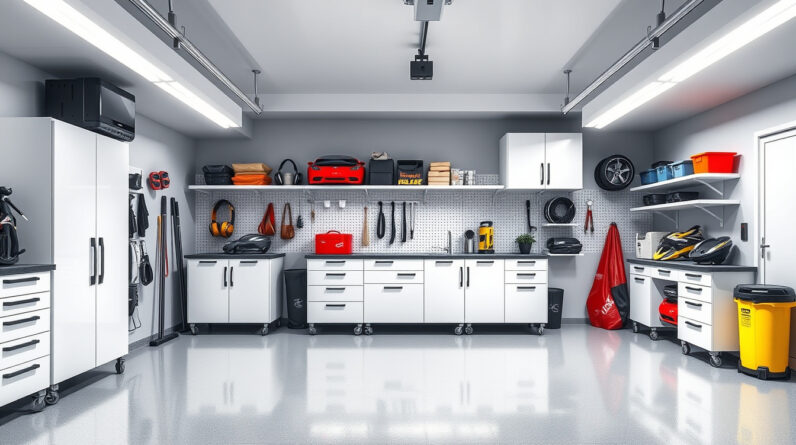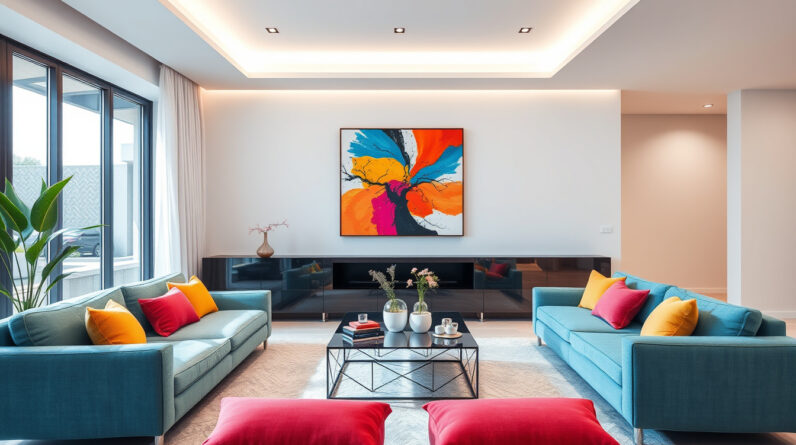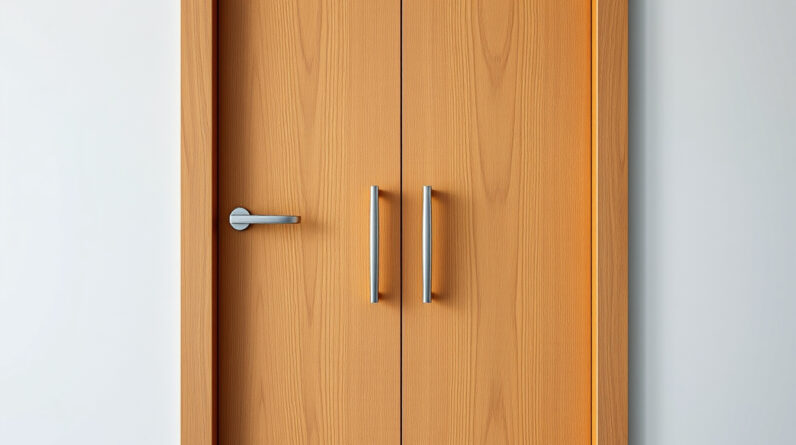In recent years, prefab homes have surged in popularity as an innovative solution for modern, affordable living. These homes, built using prefabrication techniques, offer a streamlined and cost-effective way to get into a customized, stylish residence without the lengthy construction times or inflated costs associated with traditional builds. Whether you’re a first-time homebuyer, someone seeking a sustainable lifestyle, or a developer exploring new options, understanding what prefab homes are and their benefits can help you make informed decisions about your future home. In this comprehensive guide, we’ll explore everything you need to know about prefab homes, from types and advantages to design options and buying tips.
What Are Prefab Homes?
Prefab homes, short for prefabricated homes, are structures built off-site in a controlled factory setting. Components such as walls, floors, and roofs are constructed beforehand and then transported to the building site for assembly. This process contrasts with traditional on-site construction, where most of the building happens directly at the location.
Because of their manufacturing process, prefab homes often boast faster completion times, higher quality control, and potentially lower costs. They can range from simple, functional dwellings to luxurious, customized residences, making them versatile options for different lifestyles and budgets.
Types of Prefab Homes
Prefab homes come in distinct categories, each suited to different needs and preferences. Understanding these types can help you choose the best option for your lifestyle.
-
Manufactured Homes
Also known as mobile homes, manufactured homes are built entirely in a factory according to federal standards (HUD Code). They are usually transported on a chassis and placed on a permanent foundation or foundation system. -
Modular Homes
Modular prefab homes are constructed in sections or modules in a factory and assembled on-site. They adhere to local building codes and can be customized extensively, offering a design flexibility similar to traditional homes. -
Panelized Homes
These homes are built from large panels—walls, floors, roofs—that are transported to the site for quick assembly. They provide a good balance of customization and efficiency. -
Kit Homes
Kit homes come as a set of plans and prefabricated parts that you can assemble yourself or hire builders for. They often appeal to DIY enthusiasts and those looking for a specific design. -
Tiny Homes
Smaller prefab units designed for minimalist living, often mobile and easy to relocate. Tiny homes emphasize affordability, simplicity, and sustainability.
Advantages of Choosing Prefab Homes
Prefab homes offer a multitude of benefits that make them an appealing choice for many homeowners. Here are some of the key advantages:
- Cost-Effectiveness: Because of mass production and efficient factory processes, prefab homes typically cost less than traditional stick-built homes. You save on labor, materials, and time.
- Speed of Construction: While traditional home construction can take 6-12 months, prefab homes can often be completed in a fraction of that time—sometimes in just a few months.
- High Quality Control: Manufacturing in controlled environments reduces delays due to weather and allows for stringent quality checks throughout construction.
- Customization Options: Many prefab home companies offer flexible design choices, allowing you to personalize layouts, finishes, and features.
- Sustainability: Prefab homes often use eco-friendly materials and waste reduction processes, making them a greener alternative.
- Reduced On-Site Disruption: Because most of the building occurs off-site, there’s less noise, debris, and disturbance at the construction site.
Design and Style Choices
The beauty of prefab homes lies in their versatility. They can be designed to match any aesthetic, from ultra-modern to rustic farmhouse. Here are some common design styles:
- Minimalist and modern with sleek lines and open floor plans
- Traditional cottages with classic features and cozy atmospheres
- Eco-friendly designs emphasizing natural materials and energy efficiency
- Luxury prefab homes with high-end finishes, expansive windows, and spa-like amenities
Leading manufacturers now provide extensive catalogs that cater to various tastes and needs. Customization options can include solar panels, smart home integrations, and advanced insulation systems, enhancing both comfort and sustainability.
How to Choose the Right Prefab Home
Selecting the perfect prefab home involves several considerations. Here’s a step-by-step process to guide your decision:
-
Determine Your Budget
Establish your financial parameters to eliminate options that are too costly or not affordable. -
Identify Your Needs
Consider the size, number of bedrooms, bathrooms, and special features needed for your lifestyle. -
Research Types and Manufacturers
Look at different prefab home types and reputable companies known for quality and customer satisfaction. -
Check Local Regulations
Verify zoning laws, building codes, and permits required for prefab homes in your area. -
Review Design Options
Browse catalogs and customize your design to match your style and functional requirements. -
Visit Showrooms or Model Homes
Whenever possible, visit model prefab homes to get a firsthand feel for layout, materials, and craftsmanship. -
Calculate Total Costs
Include land, permits, site work, utility hookups, and interior finishing in your budget.
Steps for Buying a Prefab Home
- Contact manufacturers or dealers for quotes and consultations
- Review contracts and warranties carefully
- Arrange for land preparation and site logistics
- Plan for transportation and assembly
- Finalize interior finishes and customization
The Future of Prefab Homes
As construction technologies evolve, prefab homes are becoming even more innovative and accessible. Advances in 3D printing, smart technology integration, and sustainable building materials are paving the way for smarter, more energy-efficient prefab residences.
According to industry predictions, the global prefabricated building market is expected to grow significantly, driven by the demand for affordable housing, reduced construction times, and environmental concerns (source). This trend signifies a promising future where more people can afford and live in high-quality, customizable homes built swiftly and sustainably.
FAQs About Prefab Homes
Q1: Are prefab homes as durable as traditional houses?
A1: Yes, prefab homes can be highly durable, especially when manufactured to comply with local building codes. Modern materials and construction techniques ensure they stand the test of time.
Q2: Can I customize my prefab home?
A2: Absolutely. Many manufacturers offer extensive customization options, including layouts, finishes, and features to suit your personal style.
Q3: Are prefab homes a good investment?
A3: Prefab homes can be a smart investment due to their affordability, quick construction, and quality control, which can lead to long-term savings and increased property value.
Conclusion: Embrace Modern, Affordable Living with Prefab Homes
Prefab homes are transforming the landscape of residential construction by offering modern, affordable, and customizable living options. Whether you’re seeking a cozy starter home, a spacious family residence, or an eco-friendly retreat, prefab homes provide a flexible solution that balances quality, speed, and cost. Now is the perfect time to explore this innovative housing option—embrace the future of homeownership and discover how prefab homes can turn your dream of the perfect residence into reality. Take the first step today by researching reputable manufacturers and envisioning your ideal space. Your modern, affordable home awaits!


